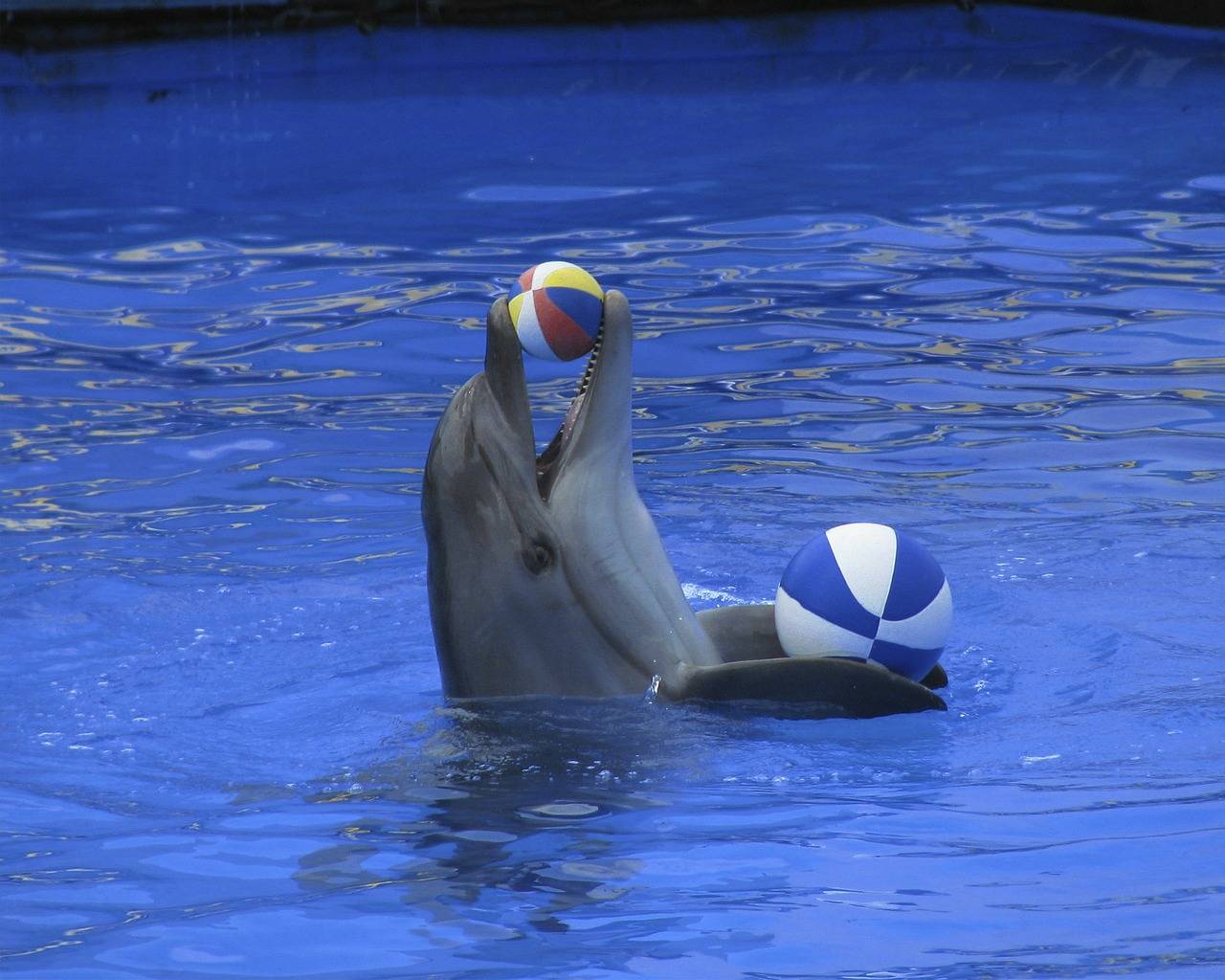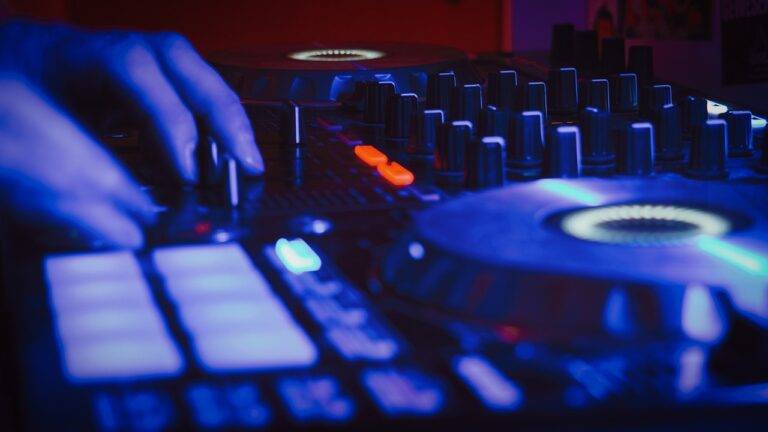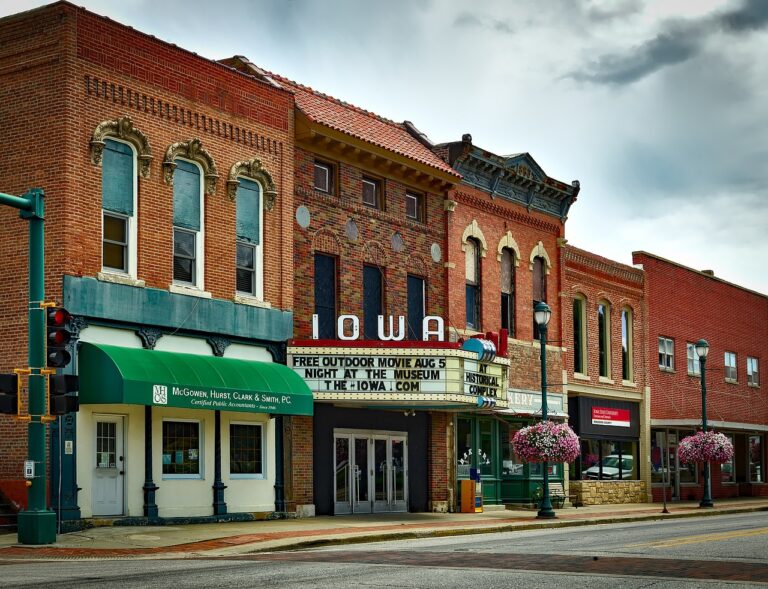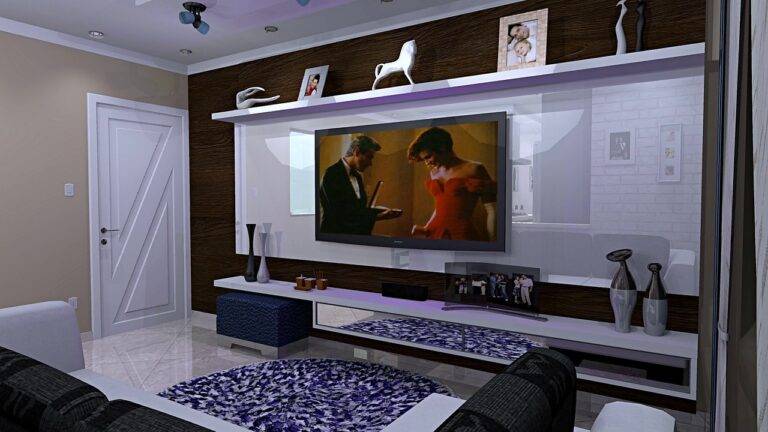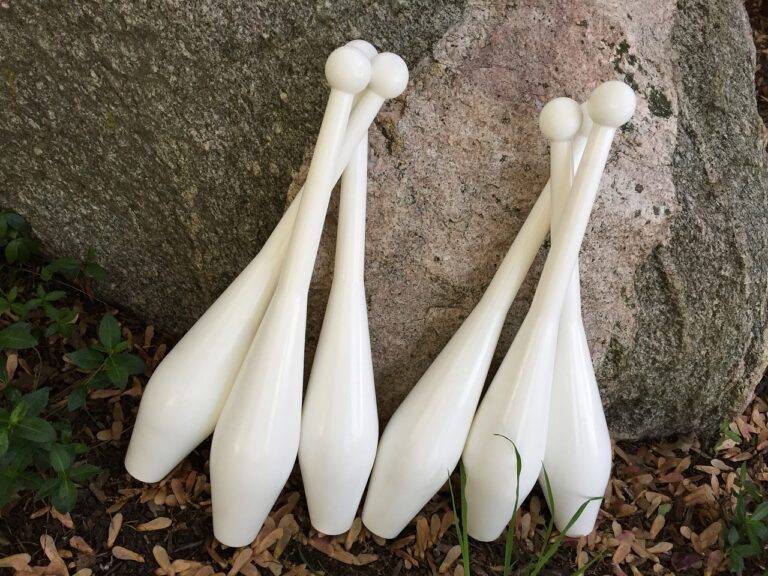The Influence of Cultural Trends on Hair and Makeup in Film
Hairstyles in film have always played a major role in shaping the narrative and bringing characters to life on the big screen. From the slicked-back look of James Dean in the 1950s to the iconic braids of Princess Leia in Star Wars, hairstyles have been used to convey a character’s personality, social status, or even the time period in which the story is set.
In many cases, hairstyles in film serve as a visual representation of cultural norms and values. For example, in period films, the hairstyles of characters often reflect the trends and customs of the era being portrayed. Whether it’s the extravagant wigs of the French aristocracy in Marie Antoinette or the rebellious punk rock haircuts in Trainspotting, hairstyles in film are not just a form of personal expression but also a reflection of the social and cultural contexts in which the characters exist.
Evolution of Makeup Trends in Cinema
Makeup trends in cinema have undergone a fascinating evolution over the decades. From the early days of black and white films with minimal makeup to the vibrant and bold looks seen in contemporary movies, the transformation is evident. In the past, makeup was used primarily to enhance facial features for better visibility on screen, whereas today, it plays a crucial role in portraying characters’ emotions and personalities.
In older films, makeup techniques were simpler and often limited by technology and available products. As the film industry progressed, advancements in makeup artistry allowed for more intricate and creative looks to be showcased on the big screen. This shift not only reflects changing beauty standards but also highlights the increased focus on detail and realism in modern cinema makeup.
Impact of Historical Eras on Hair and Makeup Styles in Movies
In films, the depiction of historical eras through hair and makeup styles plays a crucial role in creating an authentic setting and evoking a sense of time and place. Hairstyles and makeup trends in movies often reflect the societal norms and popular aesthetics of the period being portrayed, allowing audiences to immerse themselves in different historical contexts. By meticulously researching and recreating the hair and makeup looks of specific eras, filmmakers are able to transport viewers to a different time and enhance the overall visual storytelling of a film.
The impact of historical eras on hair and makeup styles in movies extends beyond mere aesthetics; it also serves as a visual representation of the cultural, social, and political climate of the time. For example, the glamorous and opulent hairstyles of the 1920s reflected the newfound sense of freedom and extravagance in the aftermath of World War I, while the minimalistic and natural makeup looks of the 1960s mirrored the rise of the counterculture movement and changing ideals of beauty. Through the meticulous attention to historical detail in hair and makeup styling, filmmakers are able to capture the essence of a bygone era and enhance the narrative authenticity of a film.

